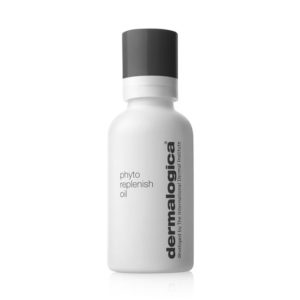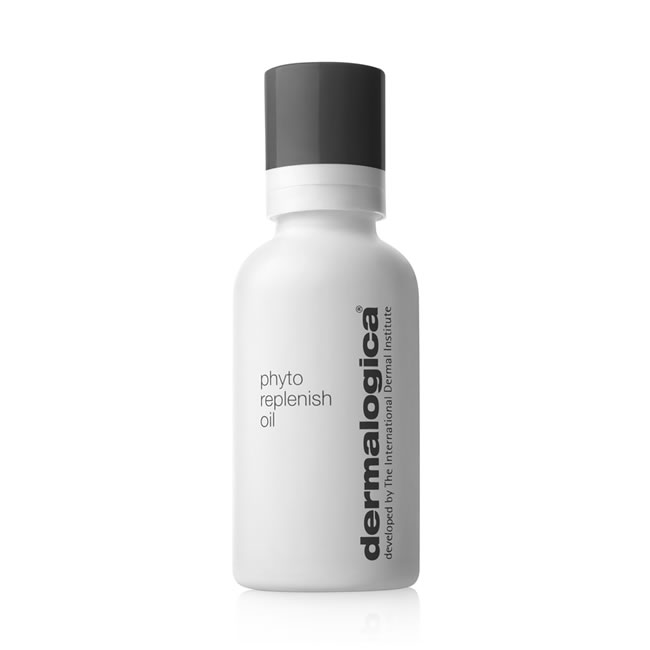 This week, we’re excited to add a new product to our shelves; Dermalogica Phyto Replenish Oil. It’s a truly remarkable product which can be used on its own or added to your Dermalogica moisturiser and we thought we give you an overview of what’s in it and what it can do for your complexion.
This week, we’re excited to add a new product to our shelves; Dermalogica Phyto Replenish Oil. It’s a truly remarkable product which can be used on its own or added to your Dermalogica moisturiser and we thought we give you an overview of what’s in it and what it can do for your complexion.
So, What’s it For?
Phyto oil might sound a little weird and wonderful, but it has three simple functions: firstly, it strengthens the skin, making it more resilient and less susceptible to free-radicals which can do damage. Secondly, it deeply moisturises the skin, adding hydration but also locking it in to ensure that it stays moisturised. Lastly, it creates a shield for your skin to keep it protected from environmental damage.
What’s in It?
The ingredients of the Phyto Replenish Oil are the truly remarkable thing, not least of all because of the sheer variety of things that Dermalogica has packed into it! The strengthening element comes from phytoactives derived from camellia and tamanu oils, which help restore the skin’s natural barrier. The moisturising power comes from orchid flower and chia seed oils, which smooth visible dehydration lines and locks in vital moisture. Finally, sunflower, rice bran and rosemary extracts form a radiant antioxidant shield against free radical damage.
How Do I Use It?
As we mentioned above, this oil can either be used by itself or added to a base moisturiser to increase the hydrating power and help the skin to absorb it. The bottle needs to be held upside down for a couple of seconds to get the oil flowing and then, if you’re using it by itself, dispense 4-6 drops for smoothing over the face. If you’re adding it to your regular Dermalogica moisturiser, just 2-3 drops are needed, meaning even a small bottle of this can go a long way!
Who is it For?
This oil is best used on normal or dry skin types, especially those with areas of dryness or premature signs of ageing. It’s not recommended for oily skin as it can add to the overall production of sebum, effectively exacerbating the problem.

